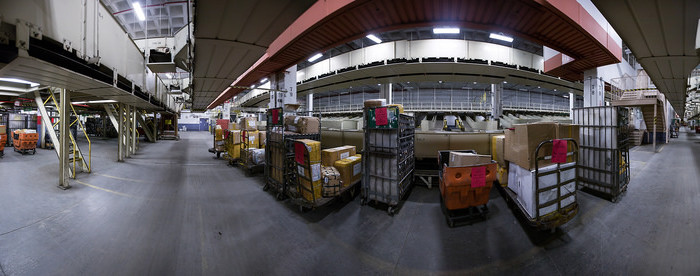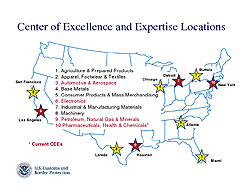Two weeks ago, Customs and Border Protection participated in the NCBFAA’s Annual Conference. They were present and engaged in a variety of panels discussing changes to the regulations that govern Customs brokers as well as the impending delivery and arrival of the Automated Commercial Environment, or ACE, the way that entries will be processed in the future.
What was among the most interesting topics is Customs’ effort to centralize their knowledge and processing for ten industries who represent, by value and importance, the largest share of imports into the United States.
The Centers of Excellence and Expertise (CEE’s) are scattered geographically across the United States. There are ten of them, covering commodities ranging from drugs to petroleum to textiles to electronics, base metals, agriculture and several others. The CEE’s are both physical in that they have a city in which they operate as well as virtual, because they draw from knowledge not just in the physical location, but virtually through connections to import specialists and the national import specialists for the merchandise in question.
Presently, companies can volunteer to have their entries processed through a CEE, and with the increased deployment of ACE, it will be easier for Customs to move information around in their system to transfer data from a port of entry where the data is submitted to a CEE located in another port for review and release. CBP announced that they plan to start notifying imports of their inclusion in the CEE, and summary review for liquidation will not happen locally, but will happen remotely.
Customs’ view is that their workflow (and importers’ supply chains) are now distributed across a wider geography, but things are controlled from a single point. CBP envisions migrating their processing to a similar process with a goal to reducing port-level discrepancies in processing and working across an industry to prevent fraudulent activity such as intellectual property rights violations or counterfeit pharmaceuticals.
To learn more about CEE’s, what commodities are covered and CBP’s plans for them, you can visit a portion of their website dedicated to the program.



Comments are closed.